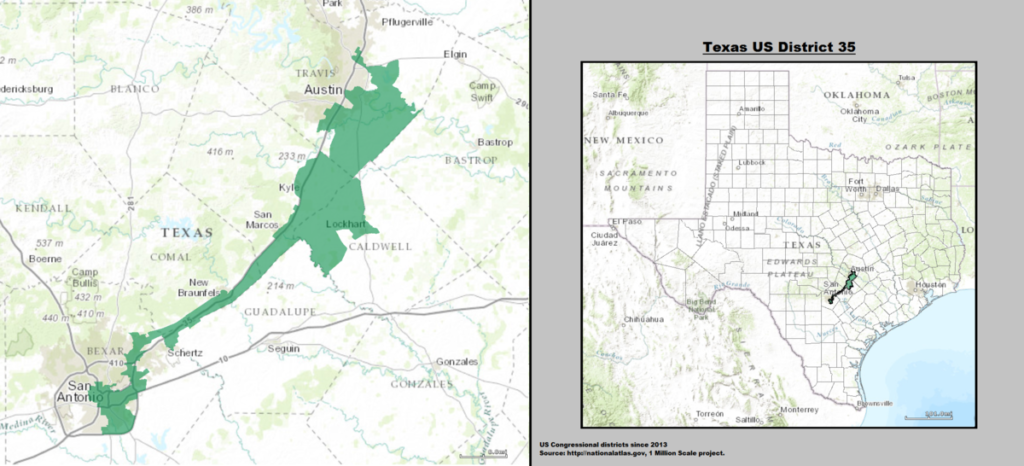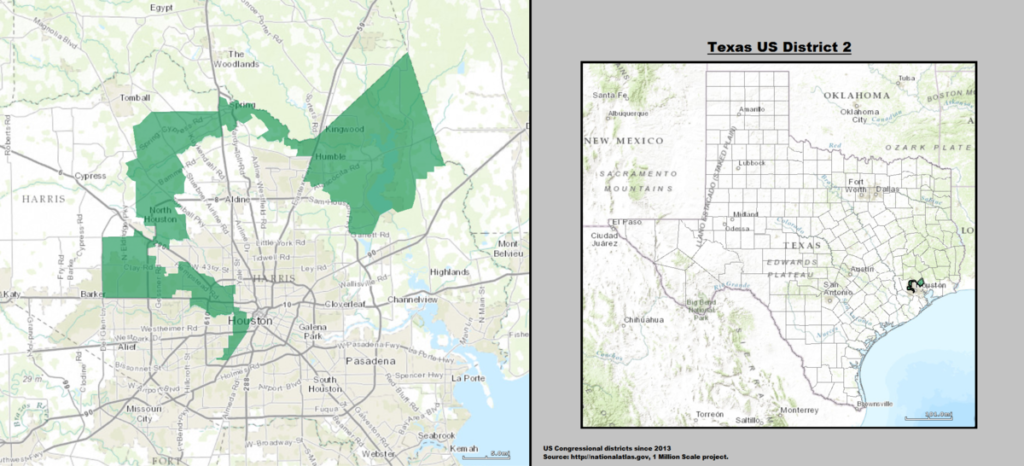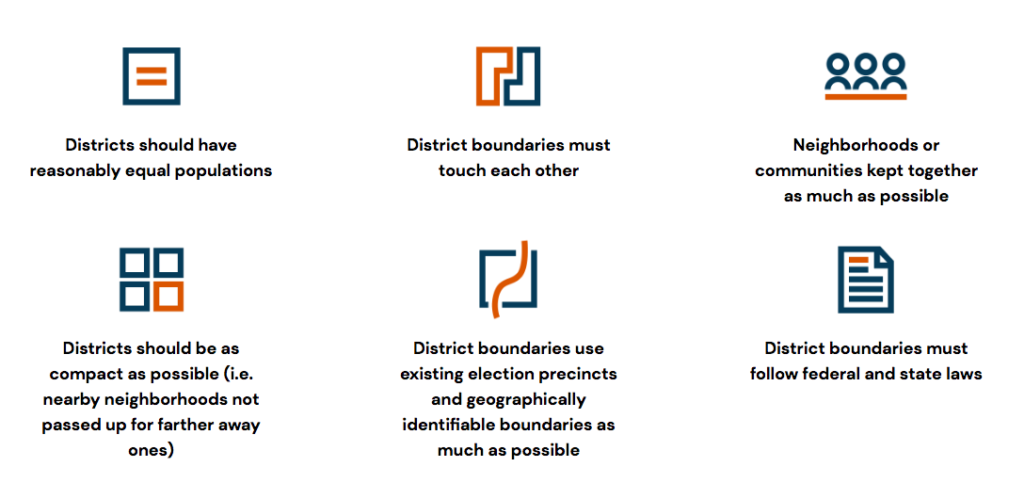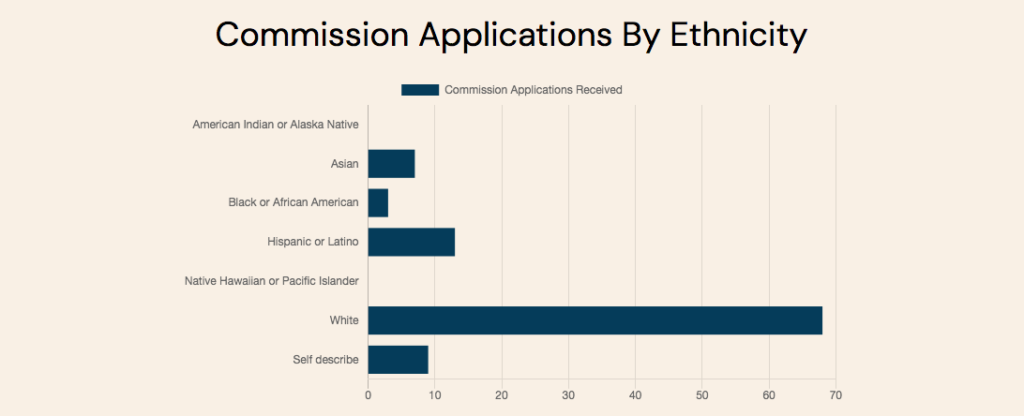
Summary
The City of Austin is beginning the process of redrawing our City Council districts, which happens every 10 years.

Action Box
Help shape Austin for the next 10 years! Apply to serve on the Independent Citizens Redistricting Committee.
Right now, the city government is calling on you to help shape the future of Austin for the next 10 years.
How?
By becoming a member of the Independent Citizens Redistricting Commission.
Sure, it sounds super wonky and boring, but don’t let the name fool you. The commission is a big deal.
Just ask TJ Costello, who currently serves as the commission’s vice chair. “There’s no other opportunity to make as big a difference in Austin as with the Independent Citizens Redistricting Commission,” he says on the commission’s website.
So what is the Citizens Redistricting Commission?
The commission is made up of 14 Austinties (volunteering their time) to redraw the Austin City Council district boundaries.
In case you’re not aware, Austin is divided into 10 City Council districts. Each district has about the same number of people living in it and is represented by a single Council member. Only people who live in that district are able to vote for that Council member. (Whereas everyone in town is able to vote for the mayor.)
Every 10 years, the boundaries of those districts are redrawn, to reflect changes in Austin’s population (as reported in the most recent census, which is happening right now.)

And why does this matter?
You’ve probably read lots of crazy stories about heavily gerrymandered congressional districts. You know, the ones that look like this?

Or this?

As you might have noticed from our current Austin City Council district map, local districts do not look this way. That’s because instead of being drawn up by Republicans or Democrats to benefit their political party, they’re created by an independent commission – the Citizens Redistricting Commission!
Commissioners must create districts that meet the following criteria….

Now for a bit of history…
This system of 10 City Council districts (known as 10-1) is fairly new for Austin. In fact, 2014 was the first year that Austin held an election this way. Before that, we didn’t even have Council districts. Instead, we had six Council members and one mayor, all of whom were elected city-wide. (This is called an at-large system.)
So why did we change it up?
Austin residents voted to change this system in 2012, primarily because the at-large system led to a pretty egregious under-representation of minorities and suburban Austinties. To try and address this, under the old system, we had something called the “gentleman’s agreement.,” that effectively reserved one Council seat for an African American resident and one for a Hispanic resident.
Not surprisingly, this was not a very equitable system of governance. As was shared in a Texas Monthly article from 2013, “In the past forty years, half the city council members and fifteen of seventeen mayors have been from four zip codes west of I-35, an area that is home to just a tenth of the city’s population.”
So you want to be a commissioner…
Right now, the City of Austin is accepting applications for the next Independent Citizens Redistricting Commission, which will be responsible for drawing the election maps we’ll use for the next 10 years. Only 14 Austinites will be chosen in the end, but the City Auditor (which is the city department responsible for redistricting) wants as many people as possible to apply, so that the final commission will be diverse and represent a wide swath of Austinites. (You can actually explore the demographic makeup of those who have already applied here.)

You can look through the full list of qualifications and expectations of a commission members, but a few key things to keep in mind as you consider applying are:
You have to have been registered to vote in Austin for at least five years (unless you’re a student)
As a commissioner, you’ll be holding public meetings, listening to public input, and coming up with new district boundaries
The time commitment for serving as a commissioner is not listed on the city’s website, but expect regular meetings in the evenings and on the weekends
So what are you waiting for? You can apply to serve on the commission here.


